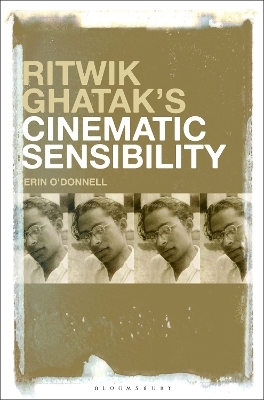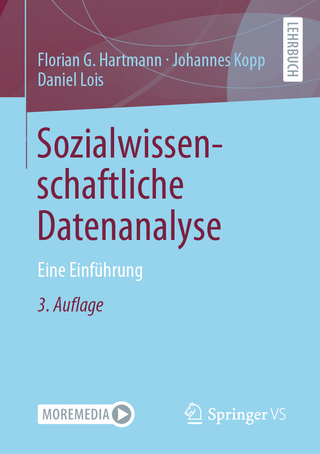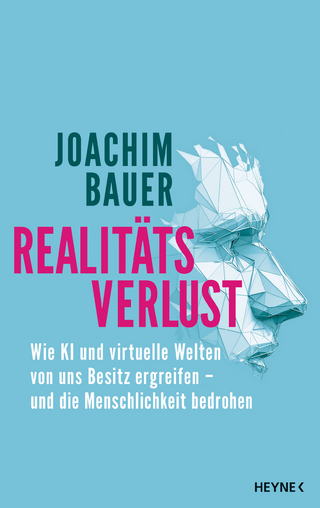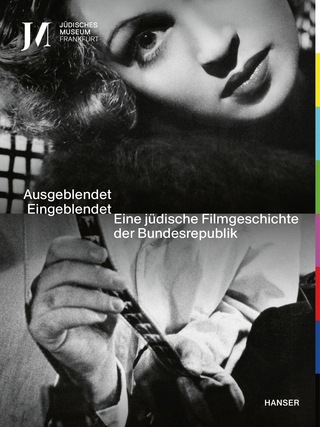
Ritwik Ghatak’s Cinematic Sensibility
Bloomsbury Academic USA (Verlag)
978-1-5013-5926-2 (ISBN)
- Noch nicht erschienen (ca. August 2024)
- Versandkostenfrei innerhalb Deutschlands
- Auch auf Rechnung
- Verfügbarkeit in der Filiale vor Ort prüfen
- Artikel merken
From his first film, Nagarik (“The Citizen,” 1953) through his final film, Jukti Takko ar Gappo (“An Argument, a Debate, and a Story,” 1974), Ghatak constructed detailed visual and aural filmic commentaries about modern Bengali culture and society. Twice during his lifetime Bengal was physically rent apart – in 1947 with the Partition of India engendered by the departure of the British and in 1971 by the Bangladeshi War of Independence. In Ghatak’s films, the ambivalence and contradictions of Bengali society in post-1947, post-Partition, post-Independence India are pointedly portrayed. Against this frequently adverse milieu, Bengal’s modern cultural memory, identity, and history are interrogated and continually reassessed in his cinema.
Erin O'Donnell is Associate Professor in the History & Geography Department at East Stroudsburg University, Pennsylvania, USA. Her research interests include the history of 19th-early 21st century visual culture – particularly photography and film – of India (specifically West Bengal/Kolkata) and Bangladesh.
Introduction
1: The Roots of Ritwik Ghatak’s Cinematic Sensibility
2: The Indian People’s Theater Association (IPTA) on Film: (Con)testing Memory and History in the Bengali Theaterscapes, Landscapes and Cityscapes of Komal Gandhar (“E Flat,” 1961)
3: The Exilic Sentiments and Journeying Impulses of Nagarik (“The Citizen,” 1953), Ajantrik (“The Unmechanical,” 1958), and Jukti Takko ar Gappo (“An Argument, A Debate and a Story,” 1974)
4: The Assemblage of “Woman” in the Affective Melodramatic Mode of Meghe Dhaka Tara (“A Cloud-Covered Star,” 1960) and Subarnarekha (“The Golden Line,” 1962)
5: The Reconciliation of “Home” and “Homeland” in Bari Theke Paliye (“Running Away From Home,” 1959) and Titas Ekti Nadir Naam (“A River Called Titas,” 1973)
Conclusion
Bibliography
Index
| Erscheint lt. Verlag | 22.8.2024 |
|---|---|
| Verlagsort | New York |
| Sprache | englisch |
| Maße | 152 x 229 mm |
| Themenwelt | Kunst / Musik / Theater ► Film / TV |
| Sozialwissenschaften ► Kommunikation / Medien ► Medienwissenschaft | |
| ISBN-10 | 1-5013-5926-6 / 1501359266 |
| ISBN-13 | 978-1-5013-5926-2 / 9781501359262 |
| Zustand | Neuware |
| Haben Sie eine Frage zum Produkt? |
aus dem Bereich


